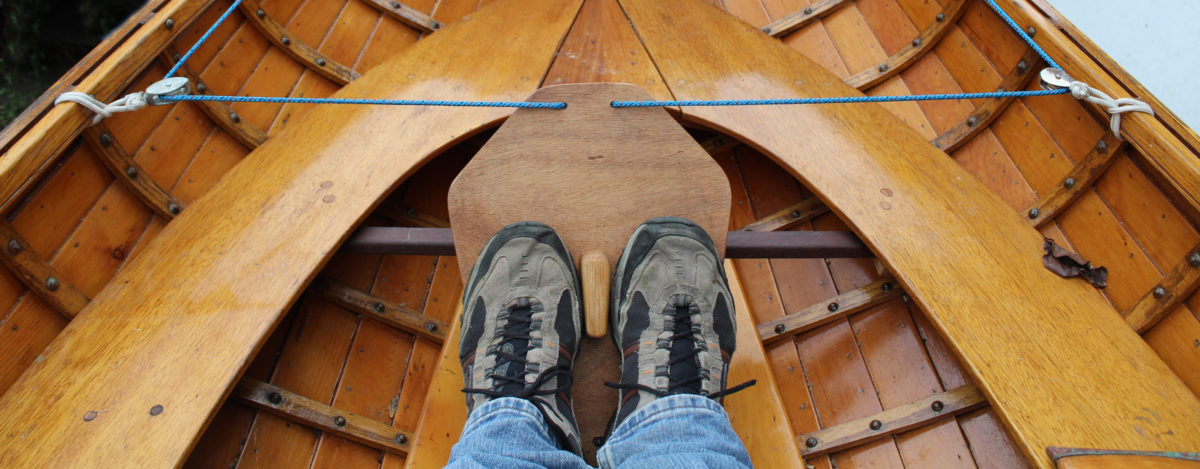
From The Editor
Whitehall Tender

From The Editor
Whitehall Tender
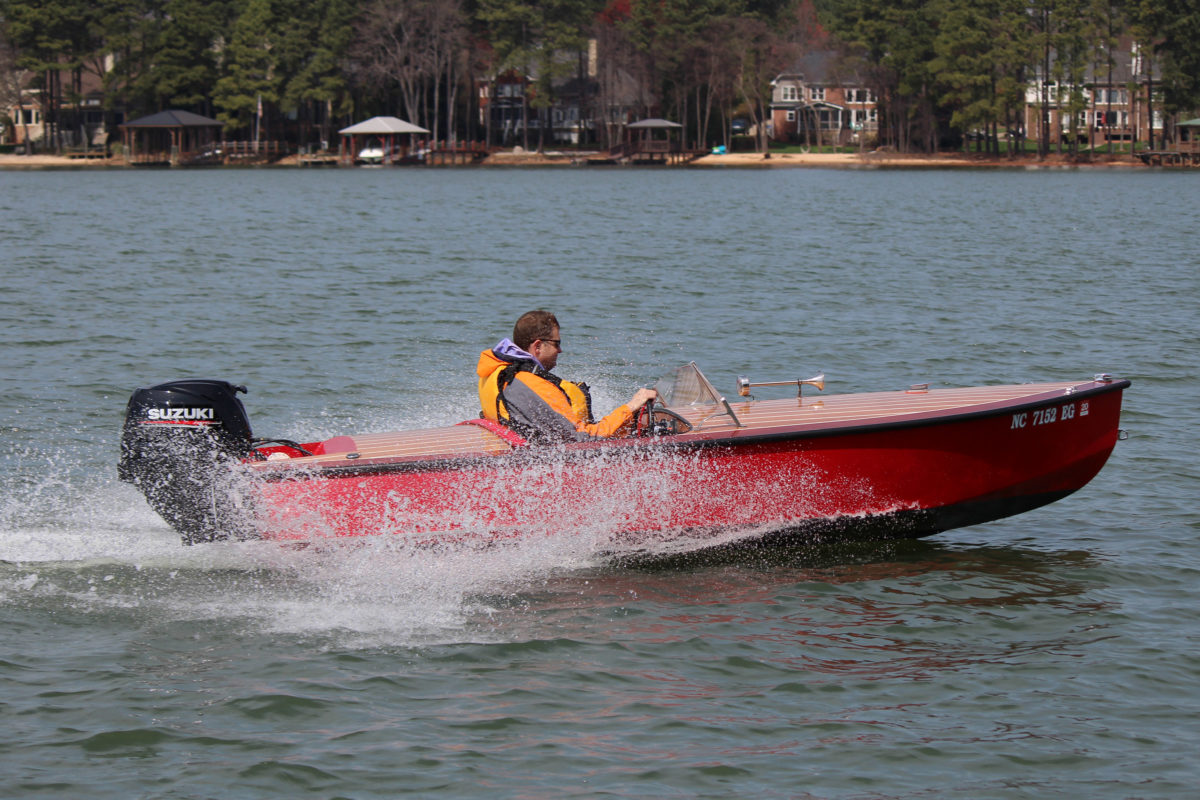
Boat Profile
A plywood speedster from Bateau.com
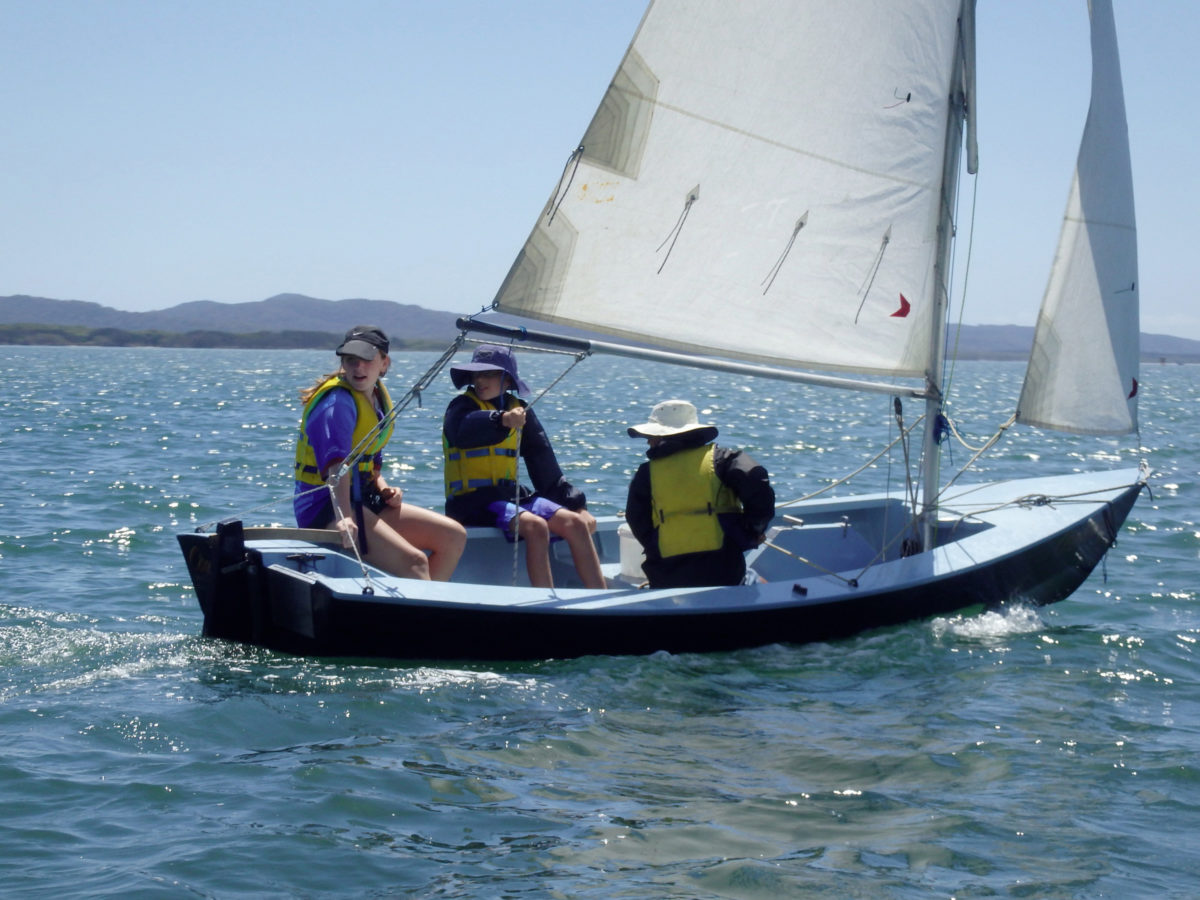
Boat Profile
A Lillistone beach cruiser for sail, oars, and outboard
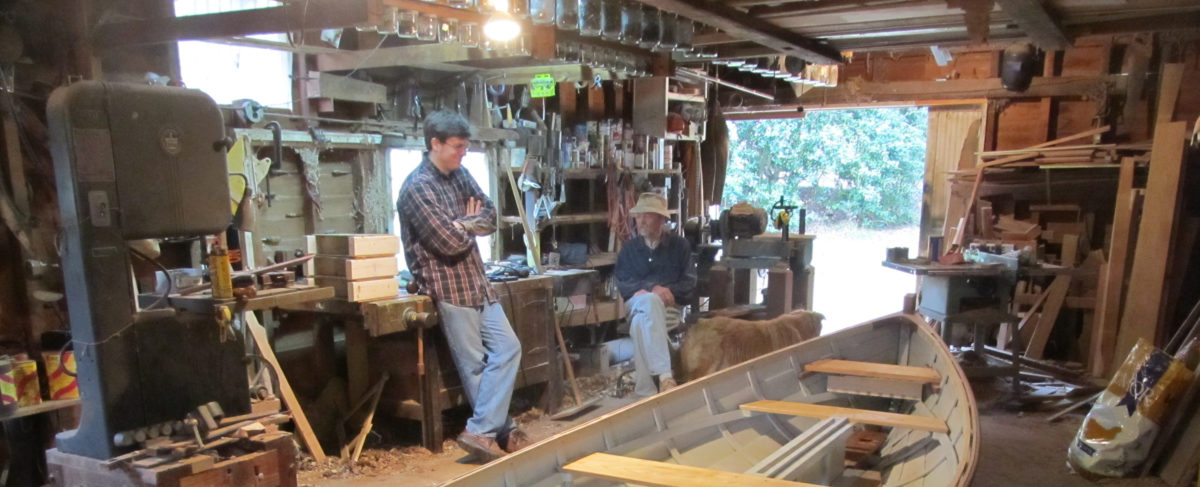
Adventures
Whitehall Tender
Five generations of boatbuilders
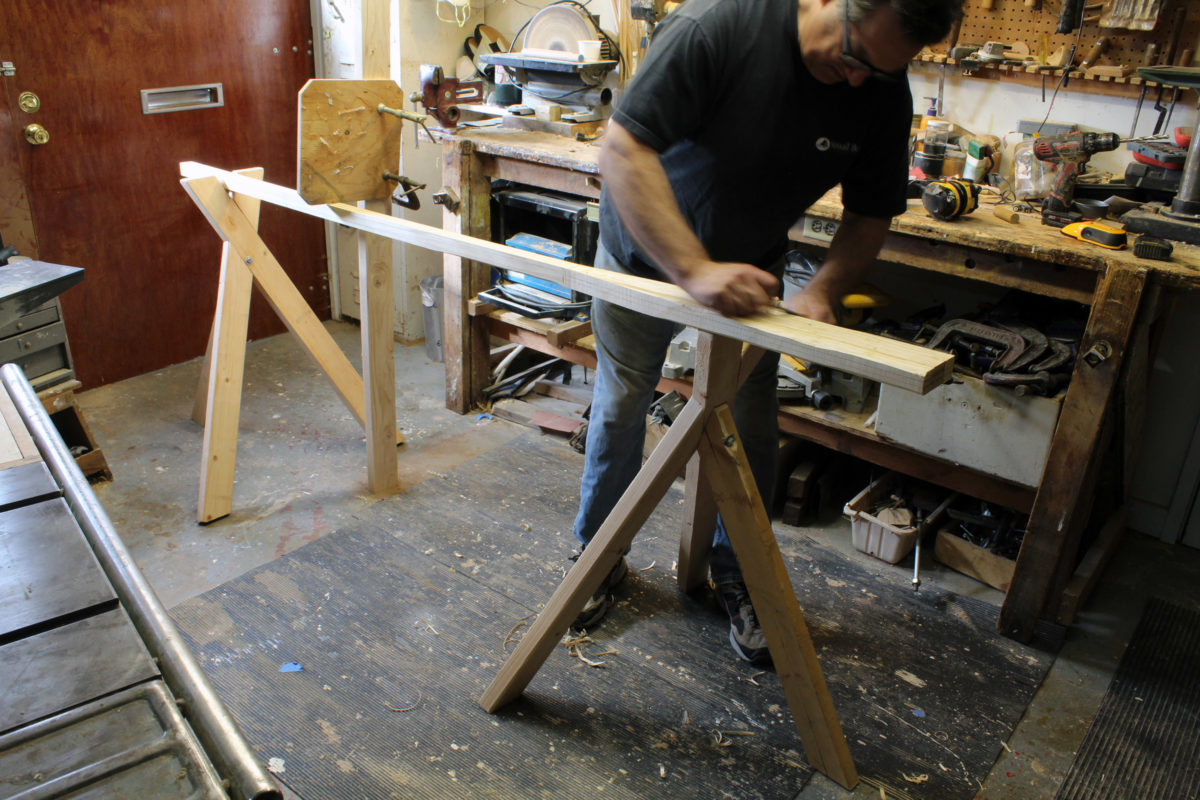
Technique
Quick work without clamps
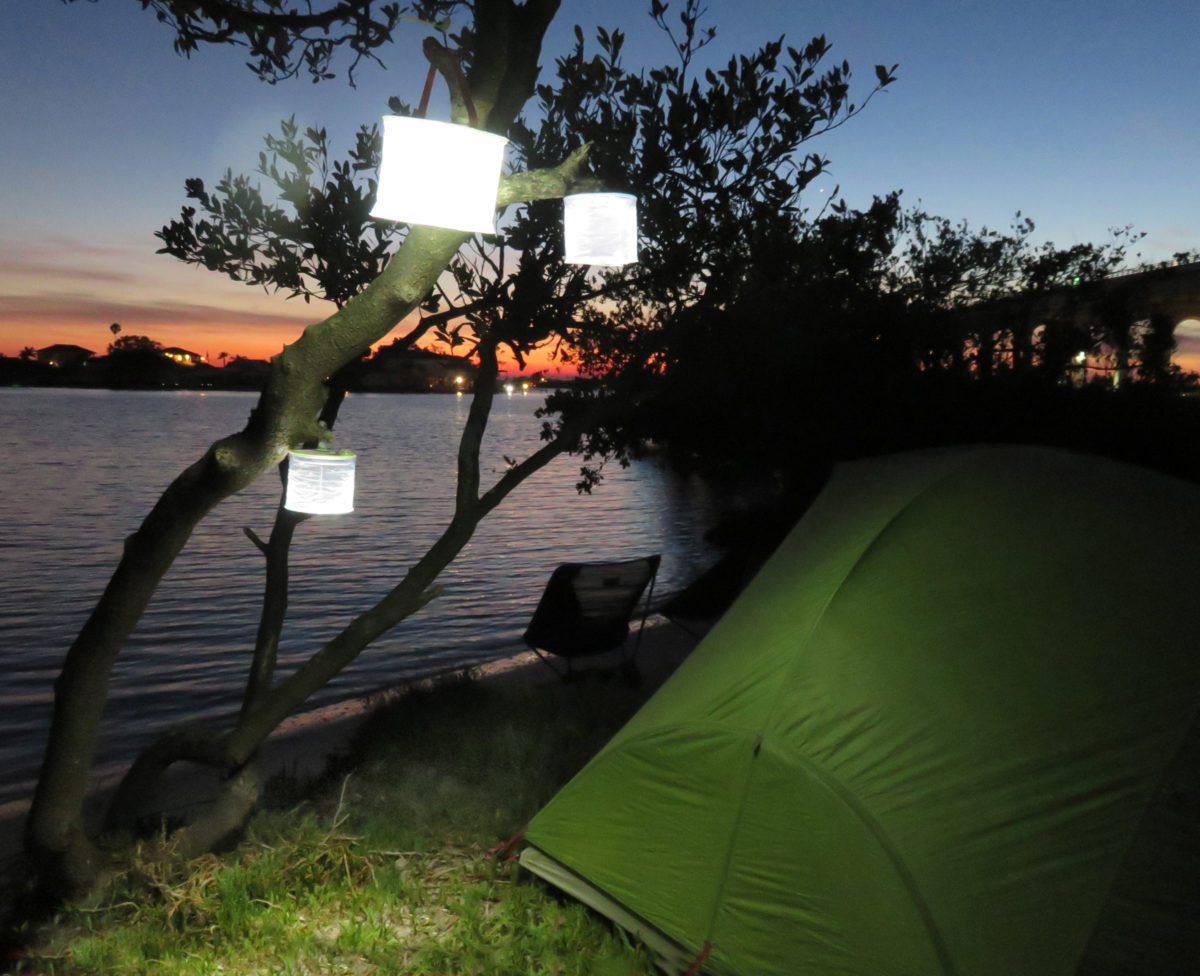
Product Reviews
Inflatable solar-charged lighting
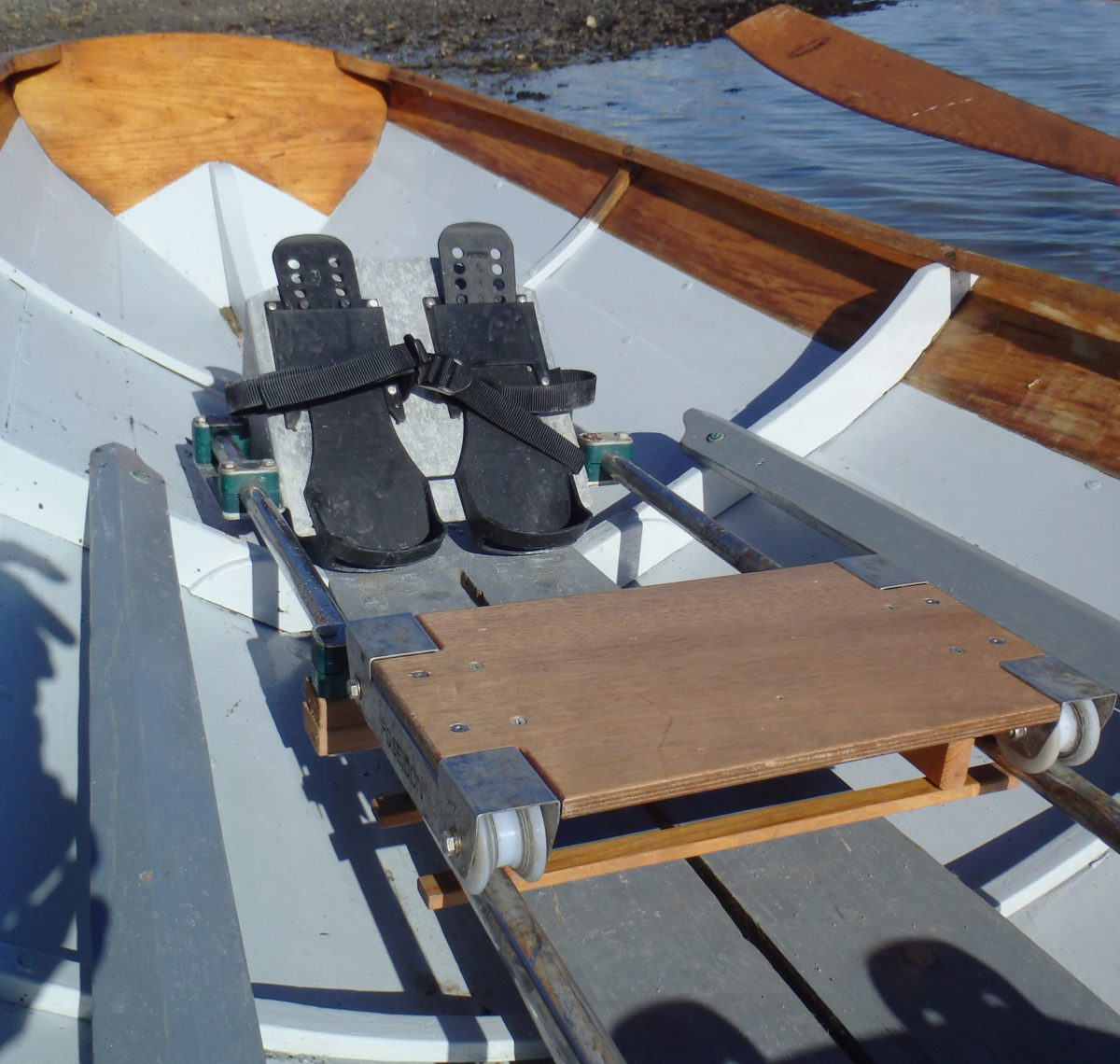
Product Reviews
Power without outriggers
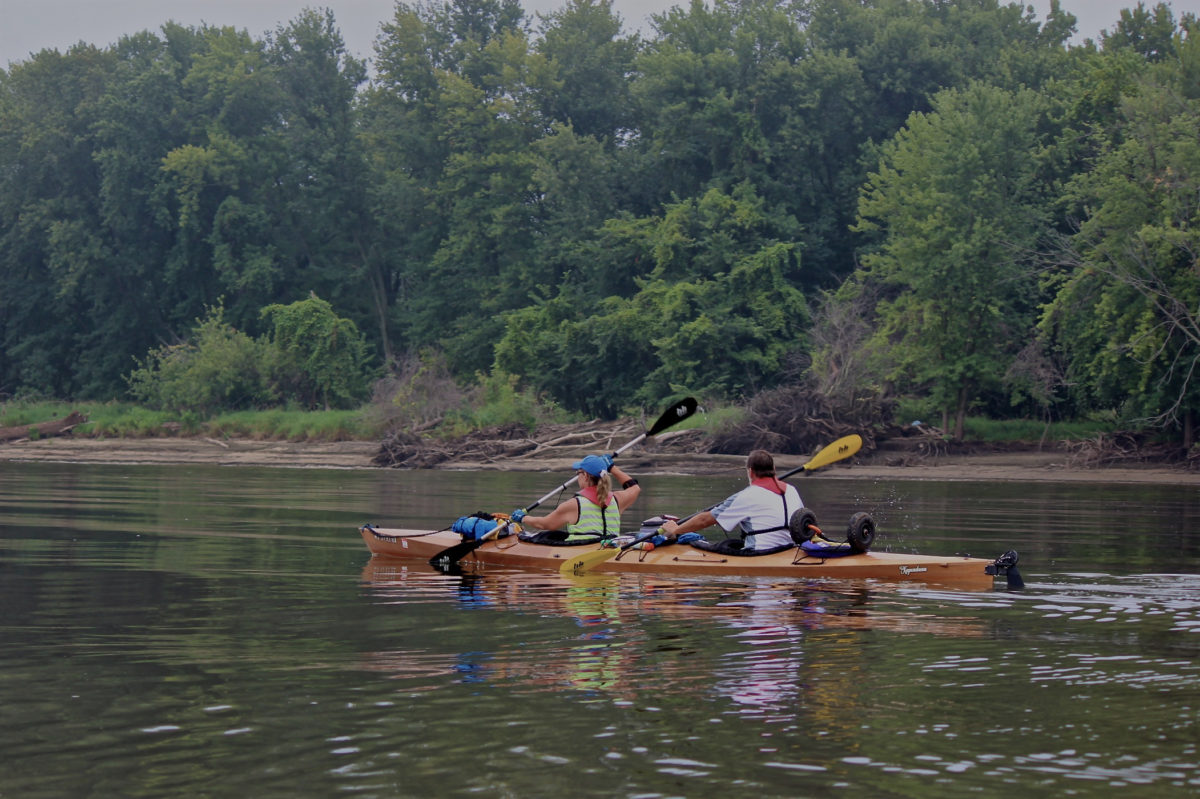
Reader Built Boats
A kayak with a purpose